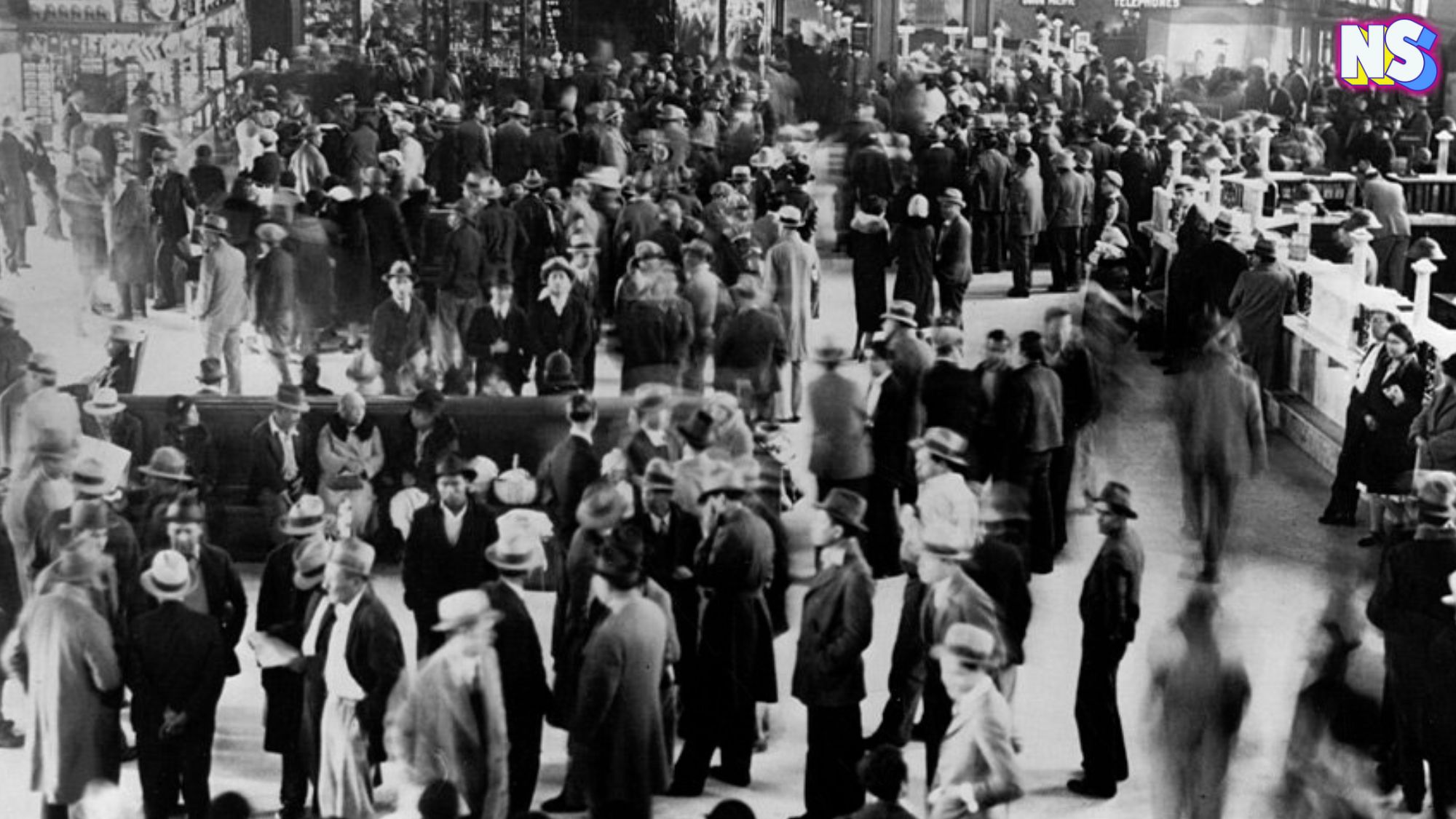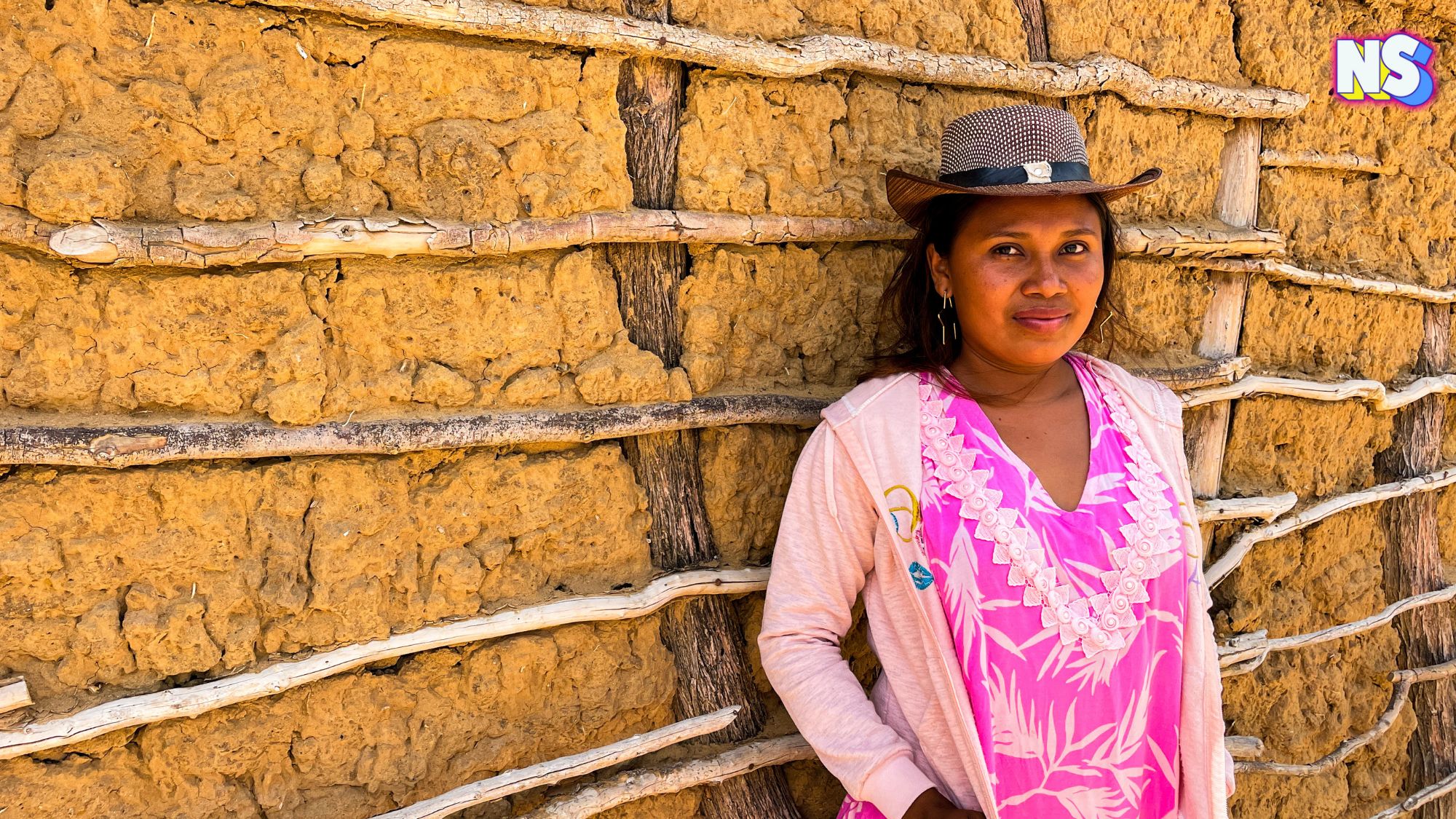Let’s not talk turkey. Let’s talk about drinks! And this Thanksgiving, from what we gathered, it’s all about homemade concoctions.
We know about mojitos and coquitos, but what other cocktails will be served at our holiday gatherings?
“I’m making sangria for sure,” Luidin De Los Santos, a proud Dominican-American from New York City, tells us. “I sort of improvise. But I like it to be sparkling, so I throw in seltzer water with pineapple rum, and any type of red wine. Then I add some brown sugar and top it off with whatever fruits you like,” he explains.
Then what? “Play with that combination until satisfied,” he laughs.
Alright, so Santos adds a tasty twist to sangria’s basic ingredient list of red wine, citrus fruits (like oranges and lemons), sweeteners (such as sugar or honey), and an additional spirit like brandy or liqueurs.
But why sangria?
“It’s my favorite drink at Thanksgiving and at parties,” he says.
This got us thinking: where did sangria come from?
The Origin of Sangria
The term “sangria” itself is derived from the Spanish word “sangre,” meaning blood, referring to the red color of the wine used in the drink.
“If you ask a Spaniard, they’re likely to associate it with a pre-made, wine cooler-type bottled beverage …” SpanishSabores says of the cocktail. “Other Spaniards associate it with a tourist trap, an overpriced glass of wine and soda. And, more recently, there are some who have come to know it as another of the tempting cocktails offered at Madrid’s trendy new restaurants.”
The trendy drink has a history that goes way back, before cookers and tourist traps. Like many other great inventions, it was born out of necessity a long time ago.
“Believe it or not, Sangria’s origin story dates back to the Middle Ages!” BelvedereLiquior writes.
Historically, sangria was a way to make wine more enjoyable by adding fruits, spices, and sweeteners to improve its flavor.
“Early Greeks and Romans mixed their wine with sugar, spices, and whatever was on hand …. It was called ‘hippocras,’ and it was sometimes heated like mulled wine,” Vinepair explains. “Hippocras is likely the common ancestor of both sangria and mulled wine, and was drunk everywhere because water was bacteria-filled and unsafe to drink.”
The touch of alcohol made the drink, well, drinkable, and the watered-down wine gave it flavor, according to Vinepair. “People who lived in modern-day Spain were doing something similar with grapevines planted by the Phoenicians around 1,100 B.C., and then with vines planted by the Romans after.”
It evolved over the centuries, with different regions and cultures in Spain putting their own spin on the recipe – much like our friend Santos in New York.
However, unlike today, sangria was far from a V.I.P. party ingredient.
“It was typically consumed by peasants who needed some sustenance before going out into the sun-drenched vineyards – so locals would mix up large batches of sangria and bring them into the fields,” Belvedere writes.
During the 1700s and 1800s, England and France embraced their versions of sangria, using the familiar French grapes. Variations emerged: white sangria, effervescent renditions, and zurra, a peach-infused incarnation.
The modern surge in sangria’s popularity in the United States traces its roots to the 1964 World’s Fair in New York City. At Spain’s pavilion, the tantalizing elixir captivated fair-goers, sparking an enduring American fascination with this spirited libation.
Like “Gouda cheese” from Holland, and “champagne” from France, European regulations now stipulate that, in order to be considered an authentic product, “sangria” must originate from Spain or Portugal, boasting an alcohol content below 12 percent by volume.
However, as we learned in our research, the true gem lies in homemade renditions of sangria, like the cocktail Santos will serve at his Dominican-American celebrations this year.





